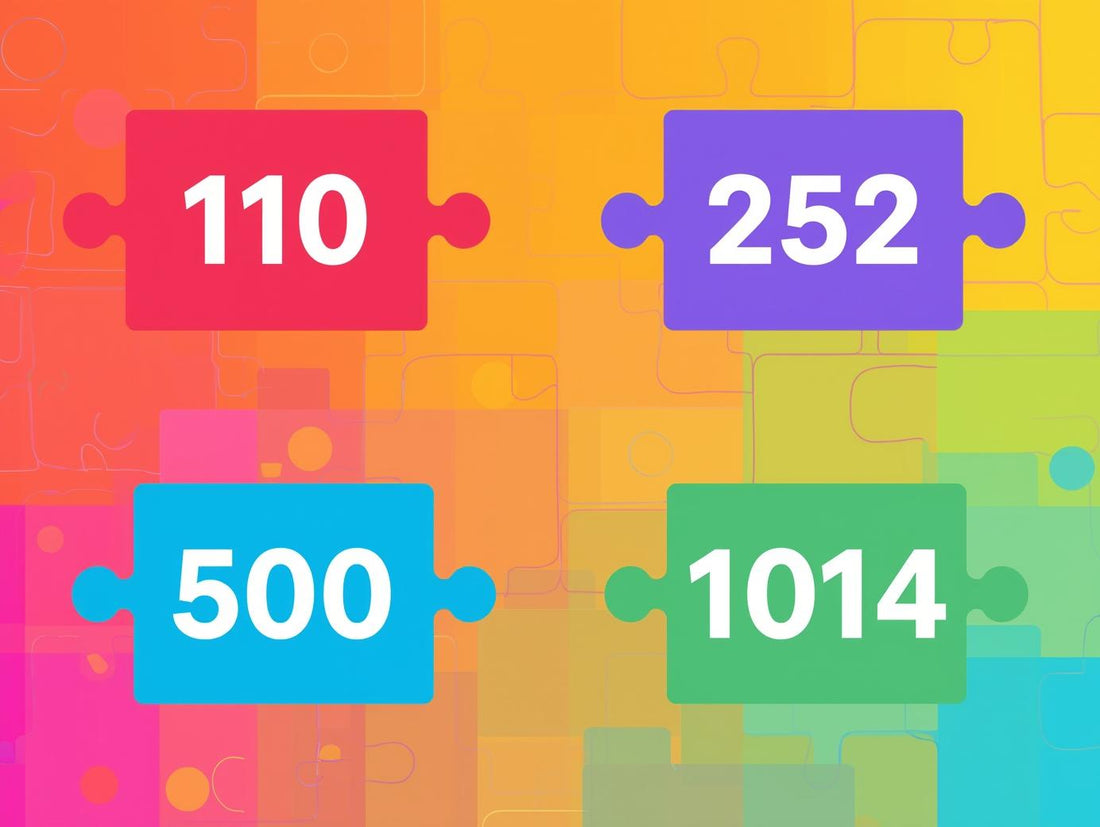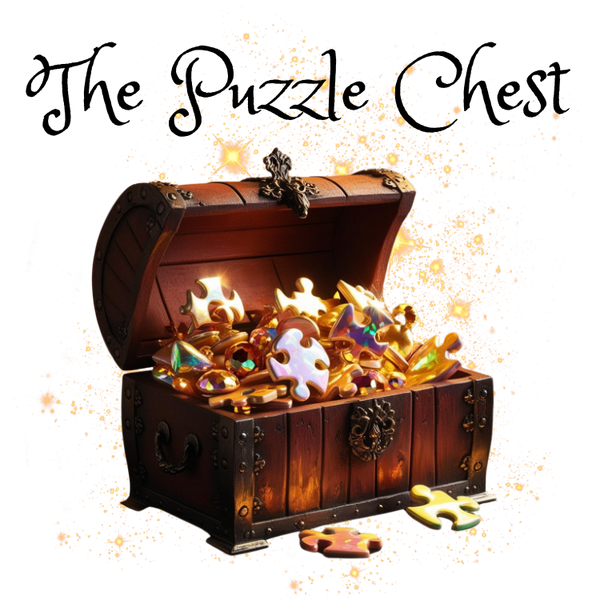
Understanding Jigsaw Puzzle Difficulty Levels
If you're a puzzle enthusiast or just getting started with jigsaw puzzles, understanding jigsaw puzzle difficulty levels is essential for choosing the right puzzle for your skill level and enjoyment. Whether you're searching for a relaxing activity or a challenging brain workout, this guide will help you navigate the different types of jigsaw puzzles based on their difficulty and key factors.
What Determines Jigsaw Puzzle Difficulty?
Several elements affect the difficulty level of a jigsaw puzzle. It’s not just about the number of pieces. Let’s break down the core components:
1. Piece Count
This is the most obvious indicator of difficulty. Generally:
- Beginner puzzles: 100–300 pieces
- Intermediate puzzles: 500–1000 pieces
- Advanced puzzles: 1500–3000+ pieces
For beginners, a 300-piece puzzle is manageable and rewarding. For seasoned puzzlers, 1000 to 2000 pieces can offer hours of immersive challenge.
2. Piece Size and Shape
Larger pieces are easier to handle and see, making them ideal for kids and seniors. Unique or irregular shapes (known as whimsies or random cuts) can either simplify or complicate the solving experience, depending on the design.
3. Puzzle Image
The artwork or image on the puzzle greatly influences difficulty. Highly detailed images with distinct colors and patterns are easier to assemble. On the other hand, puzzles with repetitive elements (like a sky full of clouds or a field of flowers) significantly raise the difficulty.
4. Color Variance and Texture
High contrast and varied color palettes help in distinguishing pieces. Monochromatic or gradient-style puzzles (such as all-black puzzles or “color spectrum” puzzles) are visually challenging and typically recommended for advanced puzzlers.
Puzzle Difficulty Levels Explained
Let’s categorize jigsaw puzzles into three main difficulty levels:
Easy (Beginner Puzzles)
- 100–300 pieces
- Large, standard-shaped pieces
- Bright, colorful images with clear borders
- Ideal for kids, seniors, or those new to puzzling
Medium (Intermediate Puzzles)
- 500–1000 pieces
- Slightly smaller pieces, sometimes irregular cuts
- Moderate color variance and image complexity
- Perfect for casual puzzlers seeking a bit of challenge
Hard (Advanced Puzzles)
- 1500–3000+ pieces
- Small, similarly shaped pieces
- Complex or abstract imagery with little variation
- Great for serious puzzle hobbyists or competitive puzzlers
Choosing the Right Puzzle for You
When selecting a jigsaw puzzle, consider your patience, available time, and intended use. Are you puzzling solo or with family? Is it a weekend project or a long-term commitment? Matching the difficulty level to your interest and skill ensures a fun and satisfying experience.
Final Thoughts
Jigsaw puzzles offer a range of benefits—from improving memory and cognitive function to reducing stress. By understanding the difficulty levels of jigsaw puzzles, you can find the perfect challenge to suit your needs. Whether you’re a beginner seeking a quick win or a puzzle pro craving complexity, there’s a puzzle out there for everyone.
Visit us for all your puzzle needs at The Puzzle Chest. Until next time—stay curious, stay cozy, and keep puzzling!
– The Puzzle Chest Team
